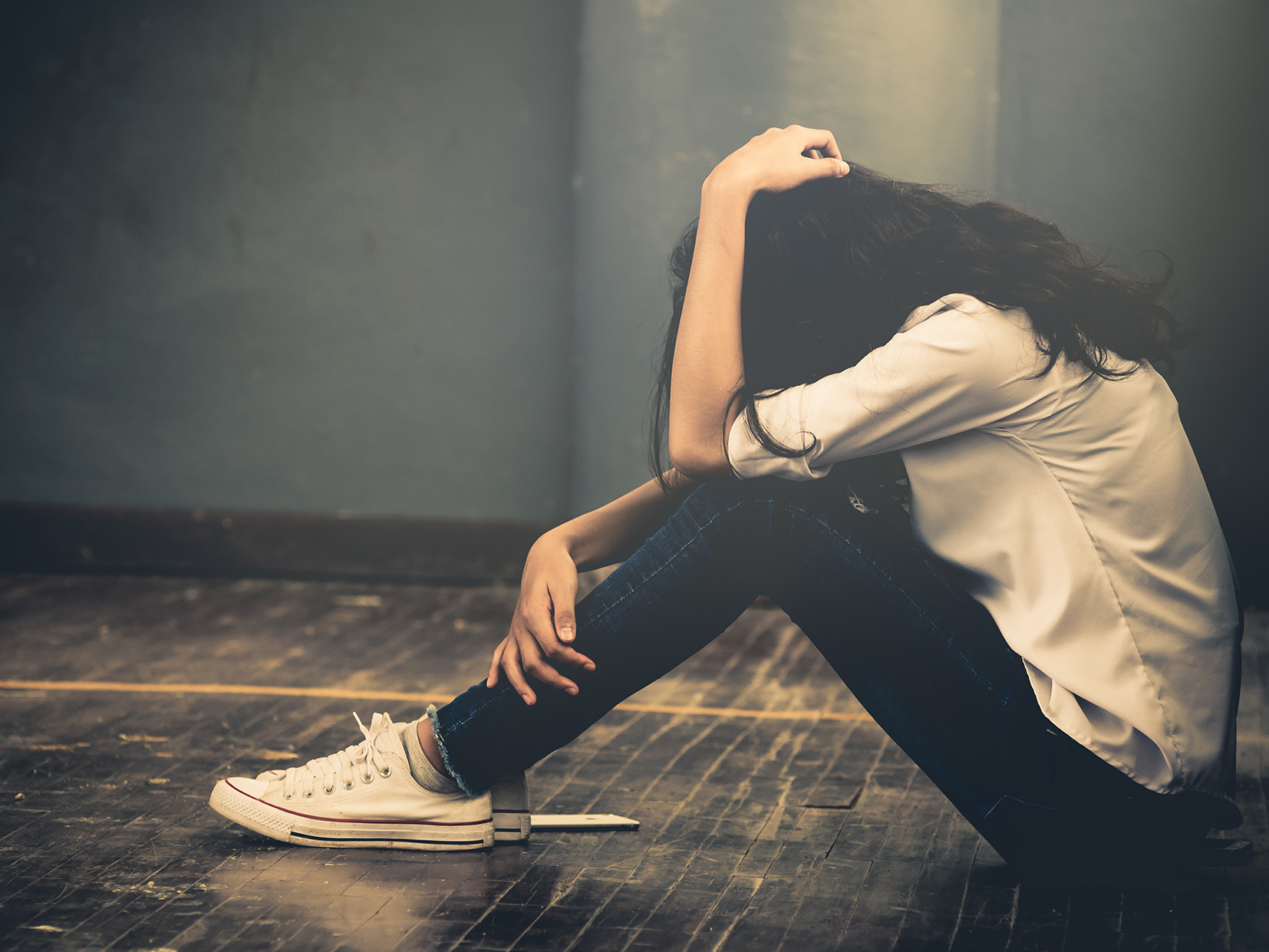As a parent, it is hard to know all the answers when it comes to raising children – especially in the area of building their resilience. “Bad stuff” happens to all children – and teaching your children healthy and helpful ways to think in order to manage situations makes a huge difference.
Have the following conversations with your child:
1. Healthy thinking protects you
There are two ways you can think when BAD STUFF happens to you such as when someone is being mean to you or you don’t do so well at school.
Unhealthy thinking: “I’m a total loser, there’s nothing good about me” which causes you to feel bad (down and worried).”
Healthy thinking: “I am me and that’s OK – I’m proud of who I am even when bad stuff happens” which helps you to stay confident and positive.
2. Don’t blow the badness of things out of proportion
When someone is really mean to you, or when you don’t do well at something, you could think: “This is bad, but it’s not the worst thing that could ever happen to me”. (There’s worse things such as being eaten by a shark, being in a really bad accident, or if a volcano erupted right near where you live).
3. You don’t need people to like you all the time
It’s great being liked by others, but there are going to be times when you are not liked by others. A healthy and more helpful way to think is that you don’t always have to be liked. The facts are that you CAN stand it when someone doesn’t like you or is being mean.
4. You can choose the way to think
YOU have the power to choose the way to think when bad stuff happens or when things don’t go your way. You just have to flip your thinking. Give it a try the next time things don’t go your way.
Now, it takes a bit of time for children to take on board these ideas such as not taking things personally, not blowing the badness of events out of proportion and to accept that they can survive when someone is critical of them. These ideas need to be repeated and illustrated. So, be on the look-out for teachable moments where you can help your child to apply these powerful ways of thinking when faced with difficulty or challenges.
And the more often you can demonstrate by thinking aloud your own use of these ideas and the positive effects they have on you, the more quickly your children will learn them.





